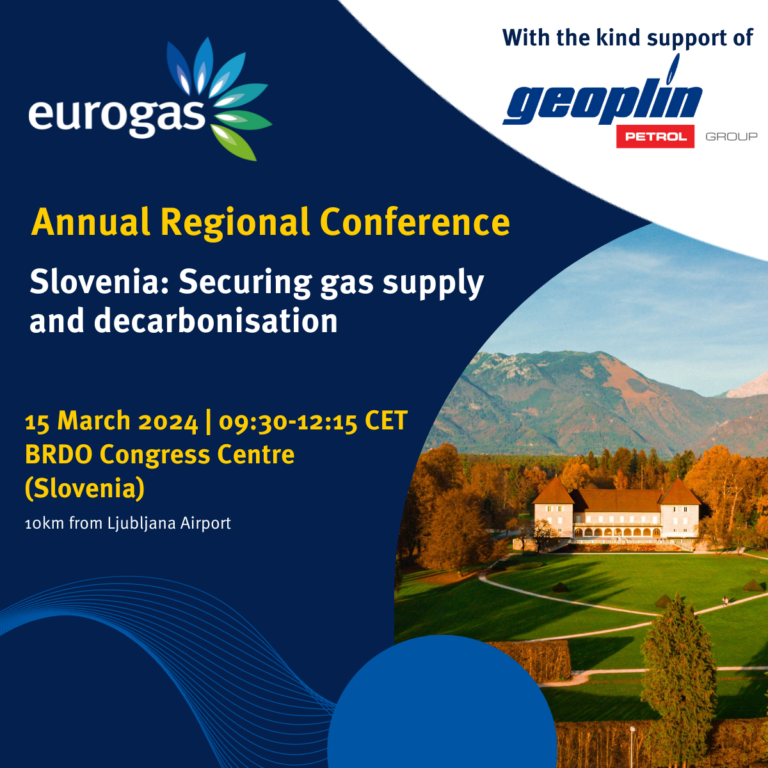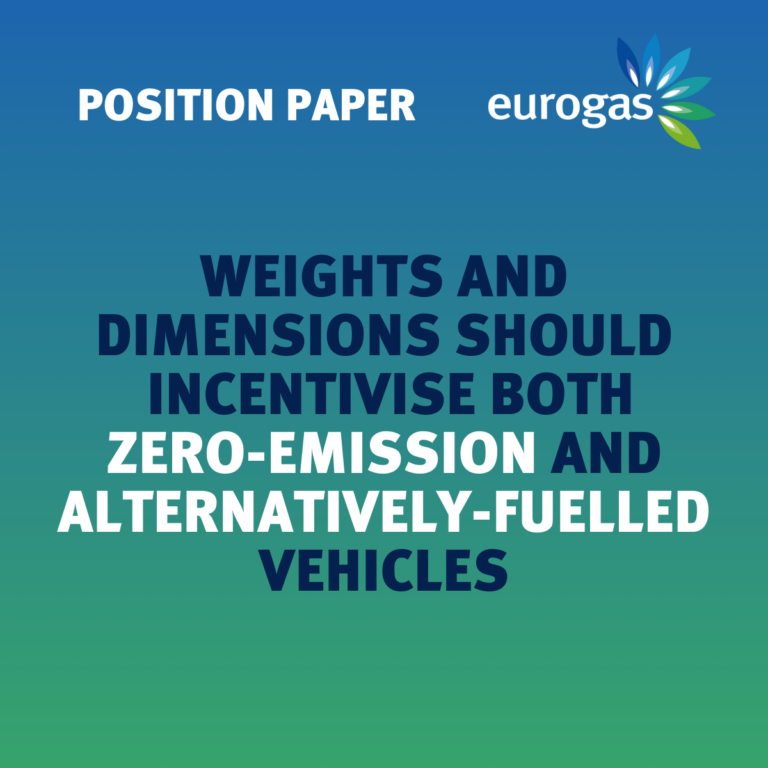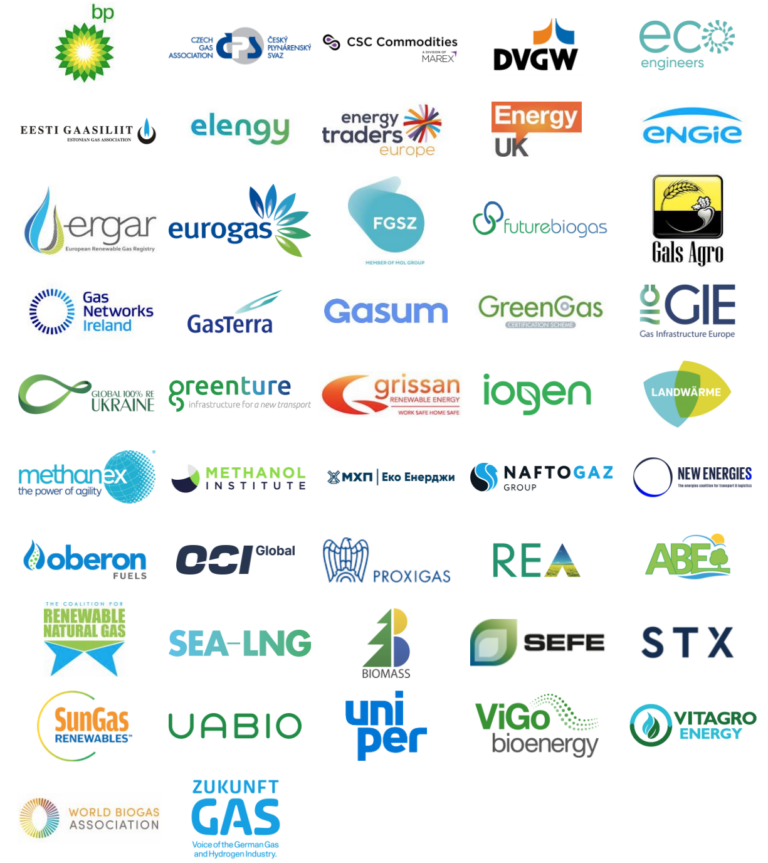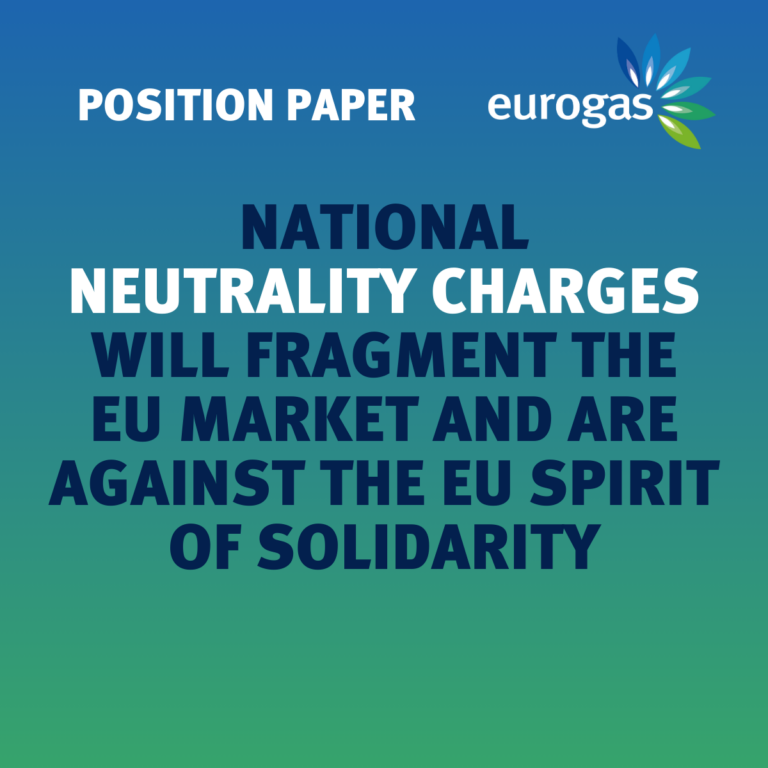Proposal for binding 2030 EU-level targets to lower the greenhouse gas intensity of gas consumed in Europe and increase the demand for renewable gas
Eurogas and the European Biogas Association are committed to achieving the objectives of the Paris Agreement and supports the EU’s ambition to reach carbon neutrality by 2050. We advocate for an energy transition that delivers a diversified, economically and environmentally sustainable energy mix that guarantees security of supply.
Gas – natural, renewable and decarbonised – will play a decisive role in the decarbonisation efforts of every sector, including buildings, industry, power and mobility as well as agriculture. To deliver on this potential, the European gas industry requires an EU policy framework that promotes the production, market uptake and system integration of renewable and decarbonised gases. Among the main pillars of such a policy framework should be a binding 2030 EU-level target to lower the greenhouse gas intensity of gas consumed in Europe, as well as a binding 2030 EU-level target to increase the demand for renewable gases.
EU level greenhouse gas intensity reduction target
Eurogas calls for a binding EU target on gas demand for the reduction of the GHG intensity of gas. By 2030 the GHG intensity of the gaseous energy (i) consumed (ii) in the EU shall be reduced by at least 20% compared to 2018 levels, through the use of renewable and decarbonized gases.
To be eligible, each renewable and decarbonized gas typology production pathway must comply with appropriate sustainability and emission reduction criteria in line with RED II and future European legislation. Eligible gas typologies account for the 2030 EU binding target for the reduction of the GHG intensity of gas in proportion to its greenhouse gas emissions savings (Life Cycle, including negative emissions). In order to avoid a disproportionate administrative burden, a list of greenhouse gas emissions savings (Life Cycle) should be laid down for common gas typologies production pathways and that list should be updated and expanded when further reliable data are available. Producers shall always be entitled to demonstrate that the level of greenhouse gas emissions savings of their production process are higher than those that were assumed when calculating the default values.
EU level renewable gas target
In order to develop of a sustainable gas sector Eurogas supports the introduction in European legislation (e.g. revision of the Renewable Energy Directive) of a binding 2030 EU target on demand for renewable gases of at least 11% in terms of energy content of gas consumed. (iii) Renewable gases contributing to the “EU level renewable target” account at the same time also for the “EU level greenhouse gas intensity reduction target” in line with the eligibility criteria set out for “EU level greenhouse gas intensity reduction target”.
Design of the greenhouse gas intensity reduction target and renewable gas target
It should be possible to comply with the greenhouse gas intensity reduction target and renewable gas target building on existing RED II mechanisms. These should be extended to cover all renewable and decarbonised gases. This includes, but is not limited to, the possibility to comply with the targets though a harmonized EU wide system of certifications, inter alia, the GO system (extended to include GHG intensity information) and sustainability certificates.
Member States shall be free to define their individual national contributions towards the “EU level greenhouse gas intensity reduction target” and “EU level renewable gas target” (iv) no later than June 2024. (v) When setting their national contributions towards the “EU level greenhouse gas intensity reduction target” and “EU level renewable gas target” in their (revised) NECPs, Member States may do so, inter alia, by means of measures targeting volumes, energy content or greenhouse gas emissions as well as being free to establishing differentiated sectorial targets and obligations (e.g. ETS/non ETS).
The European Commission should facilitate coordination between Member States in areas where a common approach is necessary to enable effective implementation (e.g. gas quality standards, blending standards, transport, distribution and re-fueling infrastructure).
Footnotes
i includes liquid methane and hydrogen
ii includes gas consumption as feedstock for industrial processes
iii includes liquid methane and hydrogen
iv This flexibility at national level is necessary to ensure that locally optimal solutions are implemented at national level, which may differ depending, inter alia, on biomass feedstock availability, the national energy mix and demand patterns.
v Update of the latest notified integrated national energy and climate plan, as required by Governance Regulation (EU) 2018/1999

